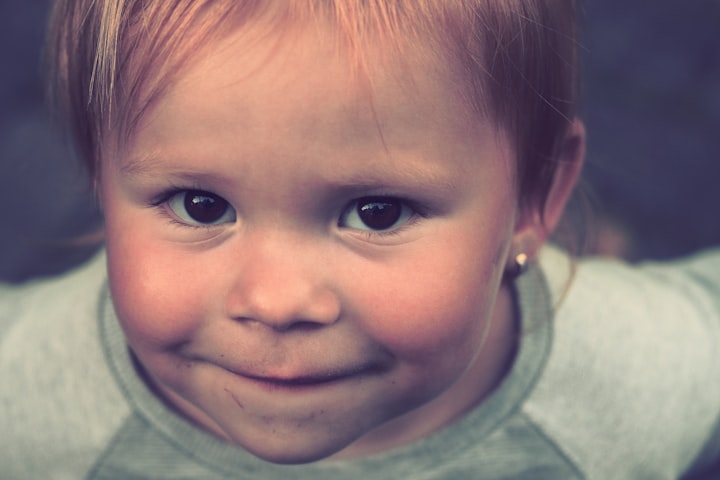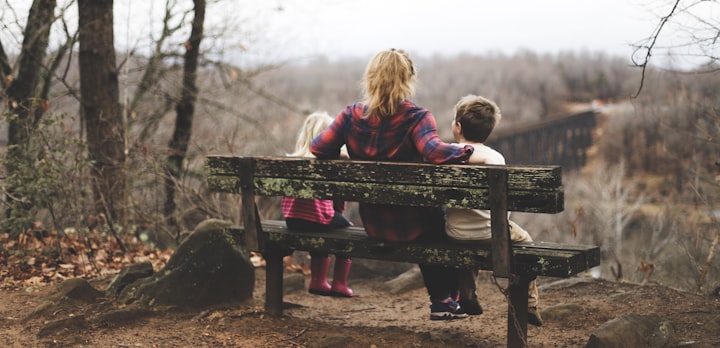
There are tons of resources on how to get your baby to sleep. Most of them are not gentle, babies sleep on demand as they wish when they wish in an ever-changing pattern. It’s a do what baby needs world when it comes to infant sleep, despite our wishes that we could train them otherwise. But with some digging you can find gentle resources on baby sleep.
There are less but still many resources on toddler sleep.
Preschoolers, about ages 2–5, and gentle sleep advice are harder to find. So here is everything I suggest to people.
How much sleep does my child need?
I reverse engineered sleep with my kids. I would do this at the end of the school year, during holiday breaks, or on a weekend, but might break your routine.
Basically, let your child sleep when they are tired and wake when they naturally do. Count how many hours they are sleeping in a 24-hour period. Now you know how much time your child needs unconsciously. You can work on building that pattern into what you need to happen as above, moving slowly works best. But sometimes you have to do the hard thing and wake your child before they are ready and have a few days of grumpiness while sleep patterns adjust.
Most preschoolers need about 12 hours of sleep in a 24-hour cycle, but this varies so go with the number you found above. This can be made up of naps and night time sleep, or all night time sleep. My first stopped napping at two, which was an adjustment but slept twelve hours at night. My second didn’t adopt this pattern until about three years old.
When your child changes sleep patterns, it can be tempting to keep the old one. When they drop naps, parents sometimes expect them to stay up until their old bedtime, because they will sometimes adopt an early wake pattern. For example, sleeping 6 PM till 6 AM or worse 5 PM to 5 AM. *shudder* I feel you. You can slowly change those patterns by changing bedtime ten or fifteen minutes every few days until you get the sleep-wake schedule that works for you.
Sleep times are important.
Once you know how much sleep your child needs and when sleep times are important.
If your child is napping…
You want to schedule head on the pillow time, usually about 5.5 hours after waking, sleeping about 6 hours after waking. Most kids need about a 30 minute buffer to fall asleep. But this is your mileage may vary. Your child may need to be asleep 5 after waking, or 7 hours. Check what they need.
If your child is not napping….
We aim for the head on the pillow about 30 minutes before we expect them to fall asleep. Again, this is based on what your child needs from the previous section. If they need eleven hours, then bed time is 10.5 hours after waking, if they need 12 hours then head on the pillow happens 11.5 hours after waking.
Helping them fall asleep
We helped them fall asleep as babies and toddlers. Now they are preschoolers, can’t they just fall asleep on their own?
In my experience, no.
Sleep is separation. Toddlers and preschoolers feel this very deeply and it scares them a little. Our presence really does soothe them so they can drift off to sleep. Our kids need to feel connected with us to feel safe. This is part of being a parent.
If you can embrace this as a great time for connection, especially if you are separated during the day. Little ones need that time to decompress and connect with us.
I know for my second when he was falling asleep it looked like anything BUT falling asleep. He sat up, he jumped around, he talked but then like magic he would lay down around the 28 minute mark and drift off. Trust the process.
You can work on distancing yourself a little by making them feel your connected presence during the falling asleep time and after. I learned this from Dr. Deborah MacNamara. You can leave the room and promise to come back in five minutes, don’t ever break that promise. Go back in, even if you feel it’s waking them when they are almost asleep. Give them more cuddles and talks and back rubs.
Instead of focusing on the separation of good night, lead your child to your reunification the next morning. Put a book or toy under their pillow to let them know that you were there while they slept. Leave a memento of your presence for them to find, building trust that you are connected with them overnight.





Comments
There are no comments for this story
Be the first to respond and start the conversation.